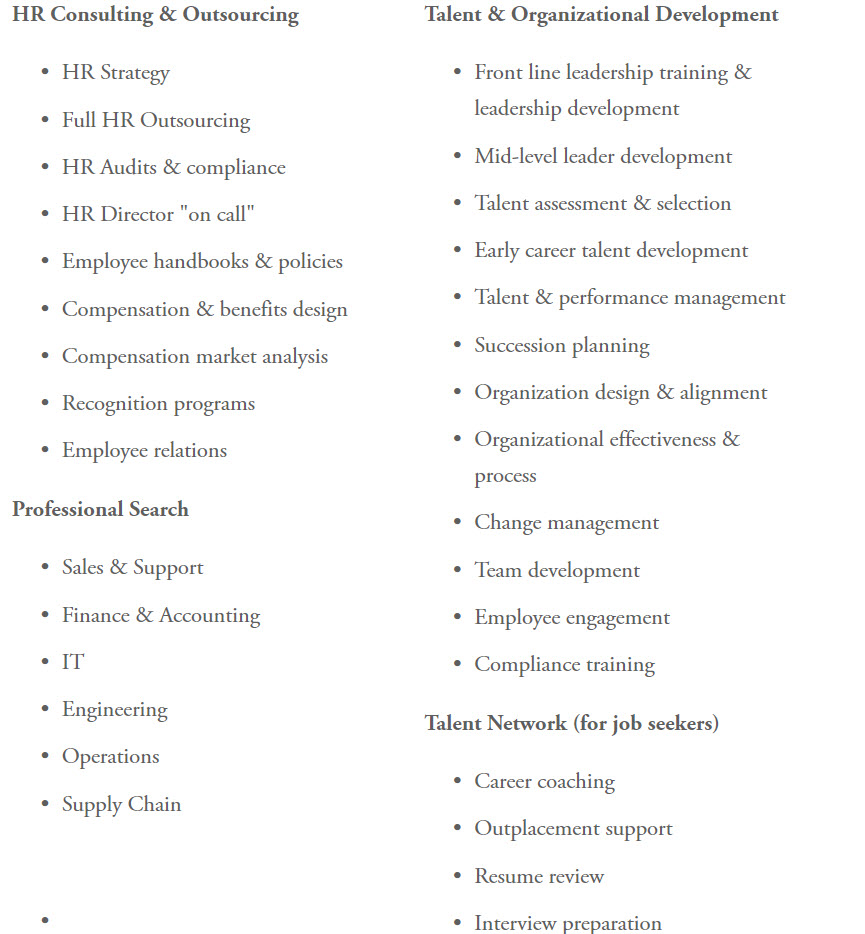Post-dispose. Is that even a word?
Years ago while working at McCann-Erickson NY, I was put on a task force to develop a white paper addressing the topic of “ad spending in support of emerging technologies.” The client was AT&T. AT&T didn’t mind funding cash cow businesses like business long distance and 800 service but they weren’t really sharp on advertising for its $3B private line (data line) business.
During my tenure on the task force I came across a bunch of documents from the 40s and 50s residing at the Center for Advertising Studies, a shared IPG unit serving all sister agencies. Copy testing was one topic I looked into. In one doc there was a sentence that stuck with me and I still use it to this day: “Copy that predisposes consumers to purchase.” It’s a nice turn of a phase meaning convince consumers to act. Presumably for the first time. And isn’t that what advertising and marketing, even ecommerce is all about? So simple.
But what about loyalty? How to we post-dispose people to continue to keep purchasing?
The answer is through brand strategy — a constant, drumbeat of value and reasoning that refreshes consumer preference. Not to be confused with bludgeoning consumers, as does Geico. Branding is a foil for advertising frequency. It convinces across mediums. It’s more existential. It’s more active and participatory.
Branding predisposes and post-disposes consumers to act. Get you some!
Peace.










